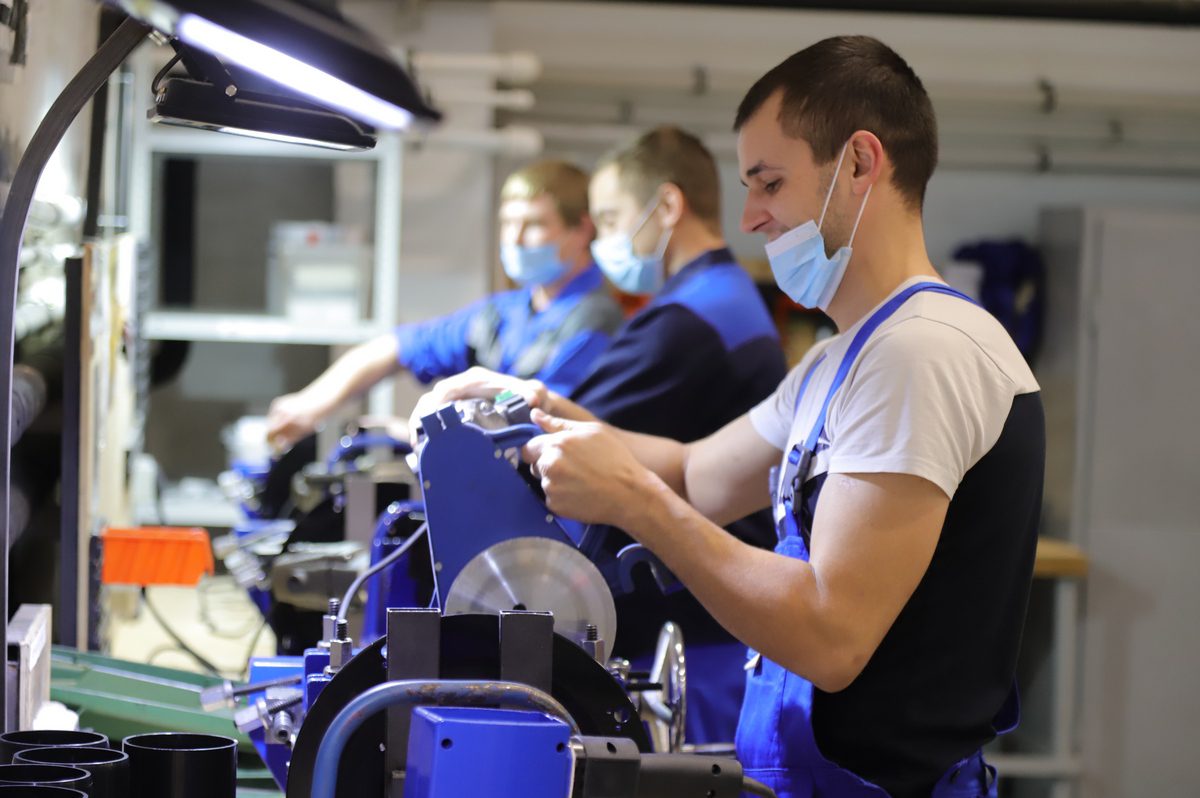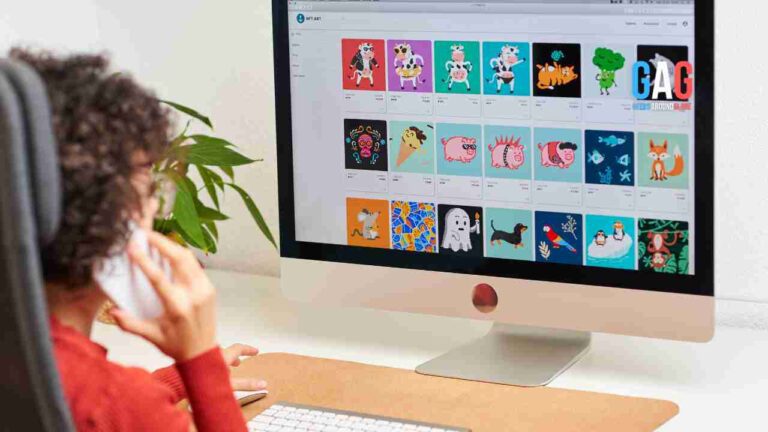In today’s interconnected global marketplace, businesses are constantly seeking new growth opportunities and expanding their reach across borders. In this pursuit, one of the key factors for achieving success is effective communication with customers, partners, and stakeholders in different languages and cultural contexts. Translation plays a pivotal role in bridging these linguistic gaps, enabling businesses to connect with a diverse audience and establish a strong global presence. This article explores the power of translation as the foundation for achieving business success, and delves into the specific process of translating a video from German to English.
The Crucial Role of Translation in Business
Translation is much more than a simple linguistic conversion; it is about capturing the essence, meaning, and intent behind the words and conveying them accurately in a different language. In a global market where customer engagement and connection are paramount, businesses need to communicate effectively with their target audience. High-quality translation ensures that the message is not only understood but also resonates with customers on a deep level, building trust and establishing a strong brand presence.
Translation enables businesses to expand their reach and tap into new markets, giving them a competitive edge in a globalized world. Whether it is translating marketing materials, product descriptions, or customer support content, accurate translation allows companies to connect with prospective customers, maximizing their chances of conversion. Additionally, it paves the way for successful international partnerships, collaborations, and negotiations, enabling businesses to build strong relationships with stakeholders across different cultures and languages.
With recent advancements in technology, artificial intelligence (AI) has revolutionized the translation industry, offering fast and accurate translation services that complement human expertise. AI-based translation tools are particularly beneficial for businesses that require quick turnaround times and high volume translations.
One of the significant advantages of AI-based translation services is their ability to process vast amounts of data and learn from patterns, resulting in consistent and reliable translations. Machine learning algorithms analyze previously translated texts and adapt to various contexts, languages, and industries, enabling more accurate and contextually appropriate translations over time.
AI-powered translation services also excel at handling repetitive and standardized content, such as product descriptions, legal documents, or technical manuals. By automating these translations, businesses can save significant time and resources, allowing them to focus on more complex and nuanced linguistic challenges that require human expertise.
Translating Videos: The Challenges and Considerations
Videos have emerged as a powerful medium for businesses to convey their brand message, engage their audience, and showcase their products or services. When it comes how to translate a video from german to english, there are specific challenges and considerations that need to be addressed to ensure a seamless and accurate translation.
Transcription and Translation
The first step in translating a video is to transcribe the German audio and create a written script. It is essential to transcribe the dialogue and capture any visual or textual elements that need to be incorporated into the translation.
The translation itself requires a deep understanding of both the spoken and written German language, as well as knowledge of English linguistic and cultural nuances. Professional translators specializing in video translation can ensure that the translated script conveys the original message and intent while adapting it appropriately for the English-speaking audience.
Cultural Adaptation
Just like any other form of translation, cultural adaptation is crucial when translating videos. Cultural references, idiomatic expressions, and humor need to be adjusted to ensure they are understood and resonate with the target English-speaking audience. This cultural adaptation helps businesses deliver their brand message effectively and create an emotional connection with viewers.
Voice-over or Subtitles
Once the script is translated, there are two primary approaches for translating the audio of the video: voice-over or subtitles. Voice-over involves recording the translated script in English and overlaying it onto the original video, while subtitles involve displaying the translated text at the bottom of the screen. The choice between voice-over and subtitles depends on factors such as the nature of the video content, budgetary considerations, and the target audience’s preferences.
Tips for Translating Videos
To achieve a high-quality translation of videos from German to English, businesses should consider the following tips:
- Work with Professional Translators: Collaboration with experienced and specialized translators ensures accurate and culturally adapted translations that resonate with the English-speaking audience.
- Provide Contextual Information: Share relevant background information on the video content, target audience, desired tone, and any specific instructions to facilitate a precise and effective translation.
- Maintain Responsiveness: Effective communication and timely feedback with the translator are essential to address any questions or clarifications during the translation process and ensure a successful outcome.
- Review and Proofread: It is crucial to thoroughly review and proofread the translated video to ensure accuracy, fluency, and consistency. This step helps identify and correct any potential errors or misunderstandings.
- Consider Localization: If targeting specific English-speaking regions, localization may be necessary to adapt the translation to regional preferences, idiomatic expressions, and cultural norms. This further enhances the video’s impact and engagement.
Conclusion
Translation serves as the fundamental building block for achieving business success in an increasingly globalized world. It allows businesses to connect and engage with diverse audiences, expand their reach into new markets, and build strong relationships with stakeholders worldwide. Translating videos from German to English requires specialized skills and considerations, including transcription, translation, cultural adaptation, and choosing the appropriate approach for audio adaptation. By adhering to best practices and collaborating with professional translators, businesses can effectively leverage translation to maximize the impact of their videos and propel their global growth. Embracing the power of translation as a strategic foundation is the key to unlocking endless possibilities and driving business success in the global marketplace.







